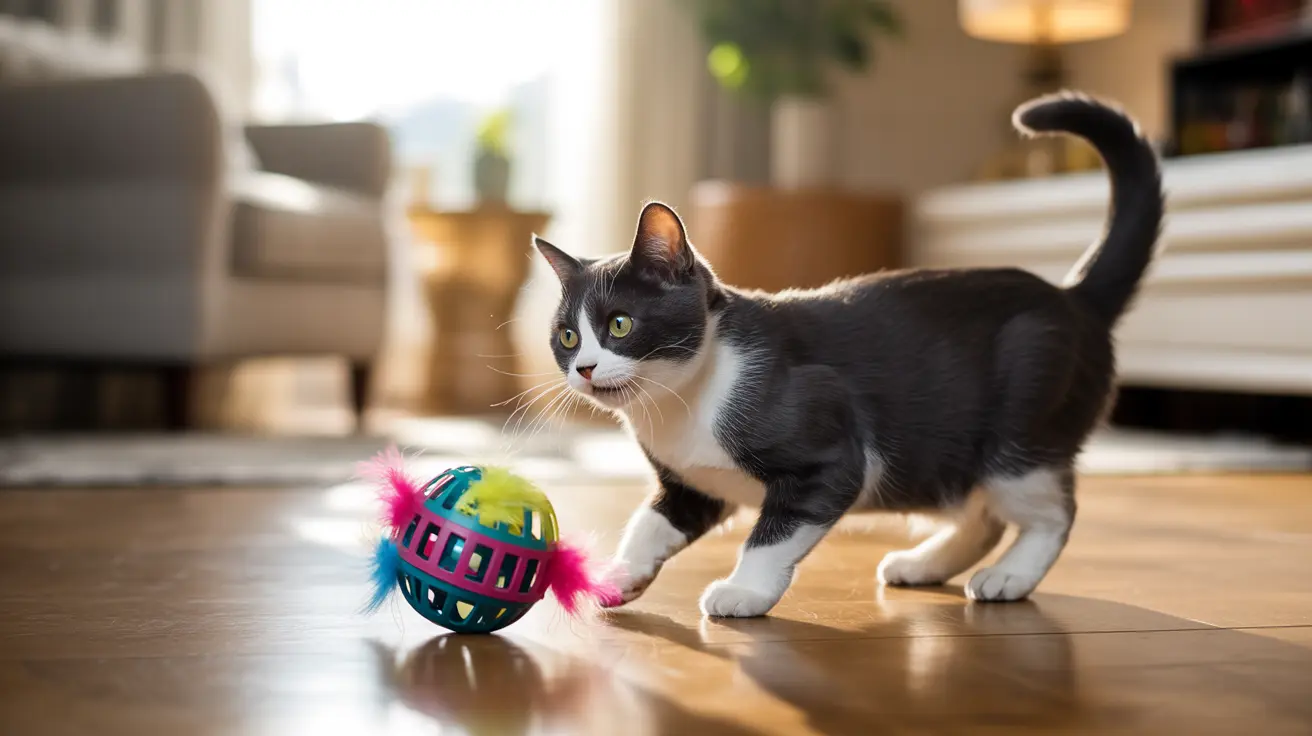If you've ever encountered a tuxedo cat, with their distinguished black and white markings resembling formal wear, you might have heard claims about their superior intelligence. These striking felines have garnered quite a reputation for their smarts, but is there any truth to these beliefs? Let's dive into what science and research tell us about tuxedo cat intelligence.
While these dapper cats are beloved for their distinctive appearance and charming personalities, the relationship between their coat pattern and cognitive abilities deserves a closer look. Understanding the facts behind tuxedo cat intelligence can help separate myth from reality and provide better insight into these fascinating felines.
Understanding the Tuxedo Cat Pattern
Tuxedo cats aren't actually a specific breed - they're defined by their distinctive bicolor pattern featuring black fur with white markings on their chest, paws, and belly. This pattern, scientifically known as "piebald," results from a genetic mutation affecting pigment cell distribution during fetal development.
The tuxedo pattern can appear in numerous cat breeds, including Maine Coons, American Shorthairs, and Turkish Angoras, making it impossible to attribute any behavioral traits solely to the coat pattern.
The Science Behind Cat Intelligence
Scientific research has yet to establish any direct correlation between coat patterns and feline intelligence. Cat cognition is typically measured through various factors including:
- Problem-solving abilities
- Memory retention
- Social intelligence
- Adaptability
- Learning capacity
These cognitive traits are influenced by genetics, early socialization, and environmental factors rather than coat color or pattern.
Common Misconceptions About Tuxedo Cat Intelligence
Many popular beliefs about tuxedo cats being significantly smarter than other cats stem from anecdotal evidence and owner observations. While these cats often display impressive cognitive abilities, the same can be said for cats of any color or pattern who receive proper stimulation and care.
Factors That Actually Influence Feline Intelligence
When considering cat intelligence, several key factors play more significant roles than coat pattern:
- Breed genetics
- Early socialization experiences
- Environmental enrichment
- Quality of human interaction
- Mental and physical stimulation
- Overall health and nutrition
Supporting Your Tuxedo Cat's Cognitive Development
Regardless of whether tuxedo cats are inherently smarter, all cats benefit from activities that promote mental stimulation:
- Interactive puzzle toys
- Regular play sessions
- Positive reinforcement training
- Environmental enrichment
- Social interaction
- Consistent routine
Frequently Asked Questions
Are tuxedo cats actually smarter than other cats, or is that just a myth?
While tuxedo cats are often believed to be more intelligent, there's no scientific evidence linking coat pattern to intelligence. Any perceived increased intelligence is likely due to individual personality traits rather than the tuxedo pattern.
How does a tuxedo cat's intelligence compare to other cat breeds?
Intelligence varies more by breed and individual personality than by coat pattern. Breeds commonly considered intelligent, such as Siamese or Bengals, may exhibit high cognitive abilities regardless of their coloring.
What personality traits are common in tuxedo cats besides intelligence?
Tuxedo cats are often described as playful, affectionate, and social. However, these traits are more influenced by individual personality, breeding, and environment than coat pattern.
Does the tuxedo coat pattern affect a cat's behavior or trainability?
There's no scientific evidence suggesting that the tuxedo pattern affects behavior or trainability. A cat's ability to learn depends on individual personality, motivation, and the training approach used.
How can I best support my tuxedo cat's mental stimulation and learning?
Provide environmental enrichment through interactive toys, puzzle feeders, climbing spaces, and regular play sessions. Establish a consistent routine and use positive reinforcement training to encourage learning and engagement.
Conclusion
While tuxedo cats are undoubtedly charming and capable of impressive cognitive feats, their intelligence isn't determined by their striking black-and-white coat pattern. Each cat, regardless of appearance, possesses unique capabilities and personality traits that make them special. The key to supporting any cat's cognitive development lies in providing proper care, stimulation, and affection rather than focusing on coat color or pattern.






